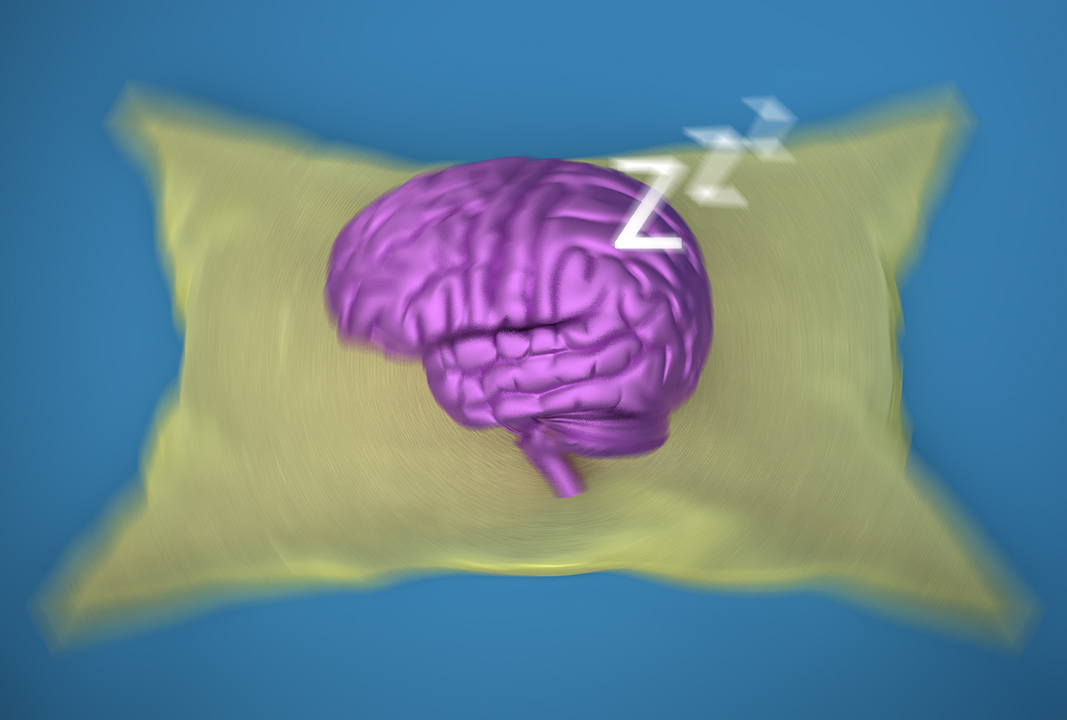PTSD in Older Adults and the Challenges of Treatment

It's estimated that post-traumatic stress disorder (PTSD) will affect 8 million Americans this year, and 4 in 100 men and 10 in 100 women will be diagnosed with PTSD at some point in their lives.
This disorder has long been associated with shame, which keeps many people, especially older generations, from seeking necessary treatment. This trepidation can lead to secondary health issues and may instigate premature aging.
Some history
Although there's strong evidence to indicate PTSD has always been a diagnosis for survivors of war, it has only recently been recognized as a condition in its own category.
In America, trauma-related conditions were noted during the Civil War, and they were given the term "shell shock" during WWI because the condition was thought to be the result of being too close to the explosions of shells from artillery. It wasn't until WWII that the then-current term "battle fatigue" changed to Combat Stress Reaction (CSR).
In 1952, the American Psychiatric Association (APA) published the first Diagnostic and Statistical Manual of Mental Disorders (DSM-I), allowing the issue to earn recognition as "gross stress reaction." In 1980, the term PTSD came about after findings in the APA's DSM-III based on research of veterans from the Vietnam War, Holocaust survivors and sexual abuse sufferers.
The publication of DSM-5 in 2013 changed the classification of PTSD from an anxiety disorder to a condition in its own category that involved much more complex issues, aside from feelings of anxiousness.
Psychotherapies that work
Trauma-focused psychotherapies have proven to be the most effective treatment for post-traumatic stress disorder; the treatment is based on the memories of the original traumatic event. Here are some psychotherapies used today:
- Cognitive Processing Therapy (CPT). You reframe negative thoughts by talking about the trauma and completing short writing assignments about the original event.
- Eye Movement Desensitization and Reprocessing (EMDR). You recall the original trauma while your attention is focused on a back-and-forth movement such as a light source moving from side to side or a sound such as a tone.
- Internal Family Systems (IFS). This approach identifies and addresses relatively discrete subpersonalities or families within each person to heal emotional wounding at its core.
- Prolonged Exposure (PE). You face negative feelings by talking about the trauma and starting to do things you’ve avoided since the traumatic event.
- Brief Eclectic Psychotherapy (BEP). While using relaxation therapies, you recall memories of the original trauma, reframe those memories, write a letter to the event and hold a farewell ceremony so it’s relegated to the past.
- Narrative Exposure Therapy (NET). For anyone whose trauma relates to war or organized violence, the traumatic events are discussed in order so they can be processed as a coherent narrative structure, similar to a testimony.
- Written Narrative Exposure. Writing about the original traumatic event gives a new perspective on your reactions and feelings.
- Specific Cognitive Behavioral Therapies (CBTs) for PTSD. These therapies challenge and change unhelpful behaviors and unwelcome thoughts, improve the regulation of your emotions and help develop coping skills targeting specific problems.
Challenges to treatment
The biggest challenge to treating older adults is their resistance to psychotherapies because of a generational stigma, particularly among men, which prevents them from talking about or displaying any emotions that might make them "seem weak."
Past treatments of PTSD often embraced this generational attitude, which meant men were not encouraged to properly process their trauma. Due to this, older adults are often quite skilled at hiding their symptoms from friends and family, which makes diagnosing the disorder more difficult.
To make matters worse, older adults who retire may lose access to their usual coping strategies, such as using work and career as a distraction. Lifestyle changes, such as retirement, can create stress, which in turn can result in post-traumatic stress intensifying. Many older adults of retirement age are already at an increased risk of hypertension and cardiovascular disease, and may not be in the best shape to deal with the reemergence of PTSD symptoms.
Unique obstacles for older adults
The biggest obstacle for older adults agreeing to treatment is in convincing them that the stress and anxiety they are trying to cope with can actually be treated. Many do not trust psychological treatment because in their youth it was not as reputable as it is today.
Unfortunately, even if older adults begin psychological treatment, there are other physical hurdles that can slow their progress.
Ongoing research is making a connection between untreated PTSD and early aging. It’s not quite clear how these two issues are connected, but early results indicate adults who fail to treat their post-traumatic stress may experience dementia and other cognitive impairments at a younger age than adults without PTSD, and they may be more susceptible to stress-induced weight gain, gastric ulcers and type 2 diabetes. More research is needed.
No matter how long you or a loved one may have kept post-traumatic stress hidden, it’s never too late to get treatment. A licensed professional can help you take control of the mental, emotional and physical symptoms of PTSD.


















